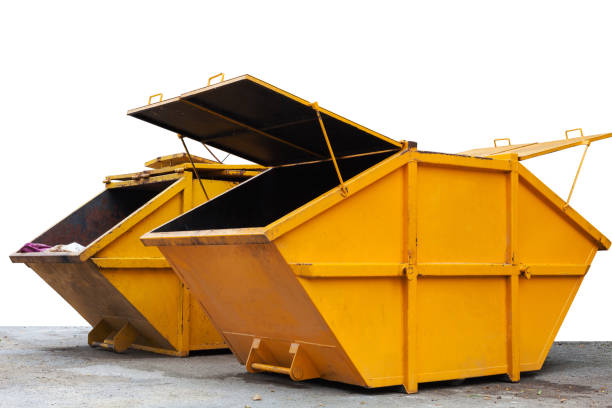The serious sea is stuffed with unexplainable creatures we know small about, and just about the most exciting is definitely the Giant Isopod. These unusual beings are found in the Atlantic, Native indian, and Pacific oceans, and are part of the crustacean family. They have got fascinated scientists and pet fanatics alike because of their weird appearance, substantial dimension, and different adaptations that allow them to endure inside the depths of the seas. These days, in this particular post, we shall experience for the strong sea and explore the spectacular arena of giant isopods.
Giant isopods reside at night depths of your sea, where they scavenge for foods. There is a flat, oblong physique with numerous thighs and sharp claws, that they use to traction and bust apart their foods. Mature giant isopods can mature to two and a half toes very long and consider approximately four kilos, leading them to be the biggest isopods in the world. These critters will also be capable to hold up against the huge pressure and cold temperatures of the deeply sea, due to their challenging exoskeleton and unique respiratory method.
Just about the most fascinating things about giant isopods could be the reproductive habits. These creatures are not just hermaphrodites but in addition have their chicken eggs on his or her thighs. As opposed to most sea wildlife, giant isopods do not have totally free-fishing larval phases. Alternatively, they hatch as adolescents, willing to fend for their own reasons from the strong ocean. This adaptation enables them to help save electricity and get away from prospective potential predators from the vulnerable initial phases of lifestyle.
Regardless of their a little overwhelming visual appeal, giant isopods will not be aggressive towards people. In fact, they like to conceal and keep motionless when approached, relying upon their hide in order to avoid predators. Nevertheless, they are recognized to invasion and kill other pets, including squid and fish, using their well-defined claws and powerful jaws.
Giant isopods can also be important to seas ecosystems as scavengers. They take in the deceased systems of other underwater beings, recycling nutrients and cleaning the ocean ground. Because of the dimensions and unique adaptations, only a few wildlife are able to take advantage of giant isopods, making them crucial apex predators with their deeply-sea surroundings.
To put it briefly:
In To put it briefly, giant isopods are interesting critters which have captured the imaginations of researchers and animal enthusiasts worldwide. These amazing animals, with their giant sizing, amazing adaptations, and essential part in marine ecosystems, give a peek into the outstanding range of life that is present within the strong ocean. By continuous to analyze and shield these strange beings, we are able to find out more about our world and also the extraordinary daily life types that occupy it.


